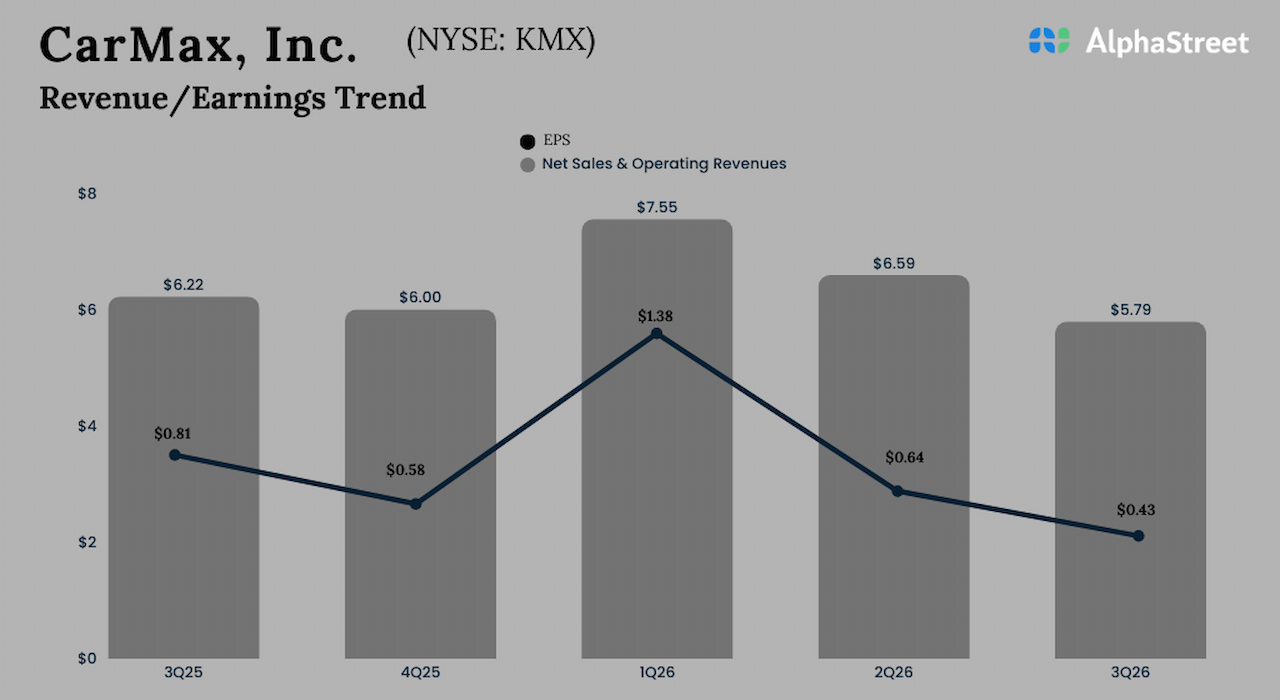Quick facts
Form 1099-DA reports gross proceeds, not cost basis; mismatches can trigger IRS notices.
Rev. Prod. 2024-28 requires wallet-level cost basis tracking for digital assets.
Penalties for incorrect information returns can reach $630 per form for intentional disregard.
Payroll teams should consider implementing Digital Asset Reconciliation and standardized FMV methods ahead of the fourth quarter 2025.
Is crypto payroll setting off IRS alarms?
The IRS’s new reporting framework for digital assets is pushing crypto payroll from novelty to audit priority. With Form 1099-DA set to report gross proceeds without cost basis and Rev. Prod. 2024-28 requiring wallet-level tracking, employers paying in crypto may consider rethinking processes now or risk disputes, penalties, and employee frustration.
“Payroll teams must shift from thinking ‘crypto comp equals W-2 done’ to ‘crypto comp equals W-2 plus basis reporting support,’” said Nicholas Slettengren, co-founder and CEO of Count on Sheep. “Otherwise, the IRS’s new 1099-DA structure could result in costly confusion for employees.”
What’s changing: 1099-DA and wallet-level basis
Form 1099-DA, finalized by the IRS for digital asset brokers, emphasizes gross proceeds reporting but does not include cost basis by default. That omission can create mismatches when workers later sell or transfer assets, and the IRS assumes a zero-cost basis if no documentation is provided.
Slettengren warns of reputational and retention risks if wallet transfers are misclassified or under-documented: “Employees frustrated by double-tax issues may push back on crypto compensation altogether. If the IRS sends out crypto tax notices like the 6174 or 6174a to employees this would reflect poorly on the company, especially if they did not help provide cost basis data needed to report correctly.”
Complementing 1099-DA, Rev. Prod. 2024-28 clarifies that basis must be tracked at the wallet level. As Slettengren puts it, “Revenue Procedure 2024-28 turns crypto payroll into a ledger-management problem,” requiring teams to “track per-wallet basis at the moment of payment,” integrate this across chains, and “provide wallet-level cost basis support to employees so W-2s and 1099-DAs don’t conflict.”
Audit exposure: Where employers are vulnerable
If basis data is missing and the IRS presumes zero, the fallout may be twofold. “Employees/contractors face double taxation,” Slettengren said. “Employers face audit exposure on payroll tax compliance and information reporting accuracy. The IRS will almost certainly pursue the employer first, since it’s easier to collect at the source (same way they do with traditional payroll audits).”
According to Slettengren, key exposure areas include:
Payroll/employment tax audits: If fair market value (FMV) isn’t documented at payout, Social Security, Medicare, and federal withholding could be deemed short. Penalties for failure to deposit can reach up to 15%, plus interest.
Information reporting audits: Under Code Sec. §6721 to Code Sec. §6722, penalties range from $60 to $310 per incorrect or incomplete form, or $630 per form for intentional disregard, with no cap.
Contractor classification: Missing basis data can cause 1099-NEC mismatches and even trigger contractor-to-employee reclassification audits.
IRS guidance and context
The IRS ramped up digital asset guidance and enforcement, including:
Digital asset Q&As and Publication 5447 (IRS digital asset initiatives) outlining taxpayer obligations and enforcement priorities.
CP2000 underreporter notices that flag mismatches between third-party reports and taxpayer returns.
Prior soft letters such as Letter 6174/6174-A advising taxpayers of potential digital asset reporting obligations.
While final broker rules continue to evolve, the direction is clear: consistent basis tracking, accurate information returns, and audit-ready documentation are expected.
Can legacy payroll software keep up?
For now, Slettengren recommends crypto-native tooling. “Currently you would want to use a crypto tax software specifically. At an enterprise level BitWave can do the job. However, we suggest Koinly as a more friendly easy to use crypto tax software for the masses. You can reconcile in one of these softwares then push to QBO or Xero if needed.”
He adds that crypto payroll is no longer just an HR task: “This effectively pulls payroll into the domain of crypto accounting and crypto tax compliance technology, not just HR.”
Digital asset reconciliation: The new control
A practical response is Digital Asset Reconciliation (DAR), which Slettengren describes as “the crypto version of bank reconciliation,” matching on-chain transactions with internal payroll and ledger records. The goal: “to confirm that every crypto transfer has a clear timestamp, wallet/chain, fair market value (USD) at the time of transfer, and counterparty (employee/contractor).”
DAR helps payroll teams:
Capture FMV per wallet, per chain, at the exact moment of payment (supporting Rev. Proc. 2024-28).
Align W-2/1099-NEC with actual transfers to avoid CP2000 notices.
Create an audit trail linking wallet addresses, transaction hashes, FMV snapshots, and payroll entries.
Control withholding accuracy amid price volatility.
Prevent “phantom gains” from cross-chain transfers.
Decentralized organizations: compliance without centralization
DAOs and decentralized funds can comply without abandoning their structure by engaging crypto accounting specialists. As Slettengren puts it: “We are entering into the era of blockchain accounting…These professionals can accurately track cost basis, reconcile digital assets, and help bridge the tax code from crypto to fiat.” He also suggests offering crypto tax preparation support so employees’ 1099-DAs include correct basis data “to mitigate unnecessary audits and/or penalties.”
Common misconceptions — and their costs
Slettengren flags three misconceptions that elevate risk:
Not having accurate cost basis and FMV data to include with the 1099-DA.
Not performing DAR to have an accurate reporting of your crypto holdings.
Not realizing their mistakes will most likely hurt their employees financially before it affects the company itself.
What payroll should do before the fourth quarter 2025?
Slettengren’s playbook for year-end:
Standardize FMV methodology.
Track basis wallet-by-wallet.
Provide employees with basis support.
Reconcile early and often (create audit trail early on).
Use enterprise-grade crypto tax software, not spreadsheets.
Hire a Crypto Tax Preparation & Accounting service (at least to consult).
He outlines a practical calendar:
August-September 2025: Dry run reconciliation of payroll and wallet records.
October 2025: Draft a crypto payroll reporting policy covering methodology and controls.
November 2025: Issue mock “Crypto Basis Statements” to employees.
December 2025: Final reconciliation; prepare W-2/1099 alongside basis statements.
Tools to consider include Bitwave and Ledgible for enterprise reconciliation and payroll-tax workflows; Koinly or CoinLedger for wallet-level basis statements; and workflow integrations (e.g., APIs, dashboards, and secure document storage) to centralize transaction hashes, FMV snapshots, and withholdings evidence.
Bottom line
Crypto payroll isn’t setting off alarms by default-but the combination of 1099-DA gross proceeds reporting and wallet-level basis requirements may expose weak processes. Employers that implement DAR, standardize FMV, and deliver basis support to workers will be better positioned to avoid mismatches, protect employees from double-tax outcomes, and withstand IRS scrutiny.
For more information about Form 1099-DA, see PPC’s Payroll Tax Deskbook, Key Issue 26A: Overview of Form 1099 Reporting Requirements.

























